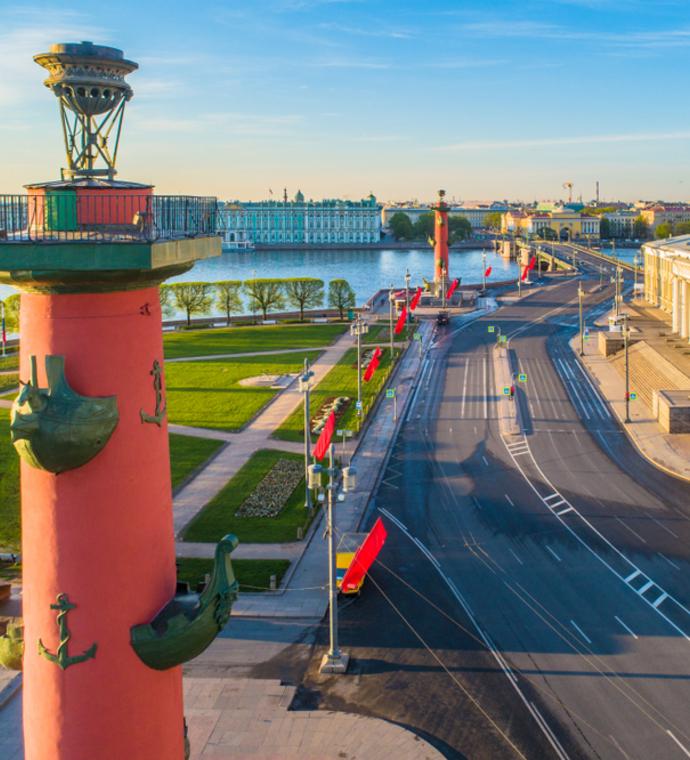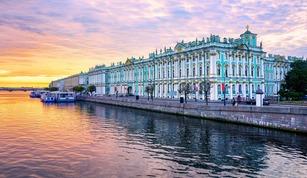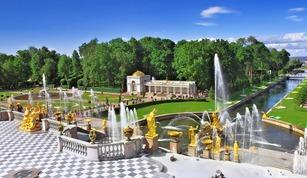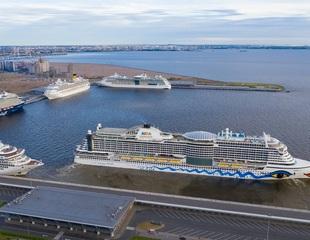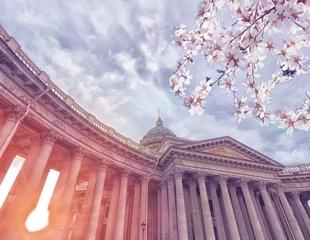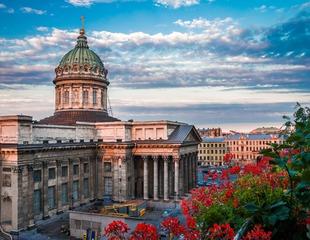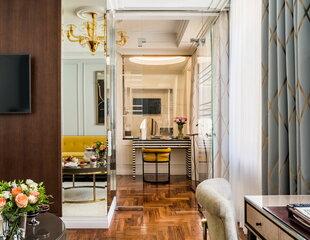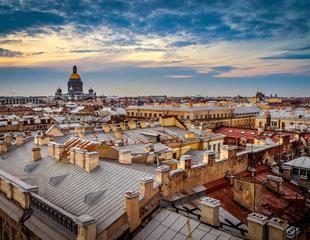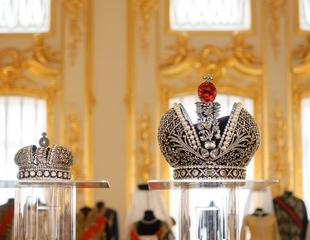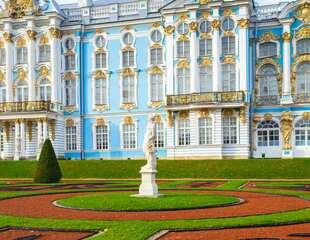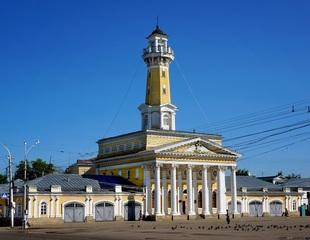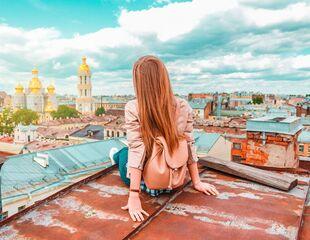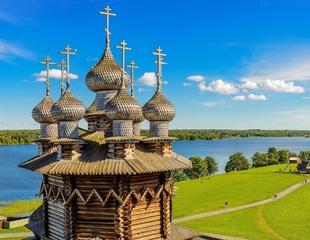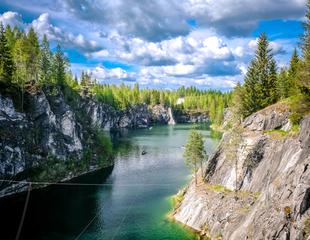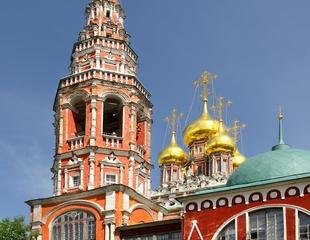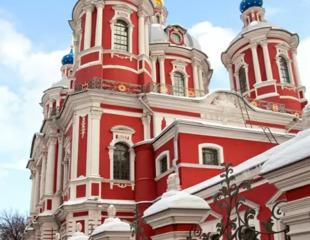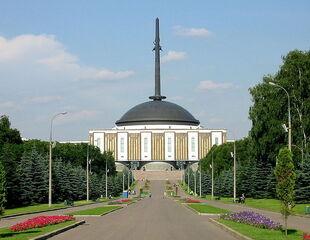The Spit of Vasilievsky Island in St. Petersburg is one of the main and most fascinating architectural ensembles of the Northern Capital, an example of the harmony of architecture with the landscape of the Neva River. This is one of the most favorite places of St. Petersburg citizens and tourists. When Peter I laid out the Peter and Paul Fortress on the Hare Island, he wanted St. Petersburg to become the naval fortress and trading center. But because of the shallow water, the port at Petrogradskaya Side could not be developed, and it was decided to move it to Vasilievsky Island. The Eastern Cape of the island, where the Neva River is divided into the Grand Neva and the Small Neva, was named the Spit of Vasilievsky Island. Peter, I planned to do it at a business and commercial center. To make the Spit of Vasilievsky Island a business and cultural center, architect Domenico Trezzini developed a project according to which it was supposed to create the area that would be the main city square and where the Twelve Collegia building would be located. There was an extended building consisting of 12 identical parts, with a length of 400 meters, limiting the square from the west. There were 10 ministries, the Senate and the Synod in the building. After moving the seaport to the Spit of the Vasilievsky Island in the 1720s, in the northern part of the wooden building, there appeared the Stock Exchange building and Customs.
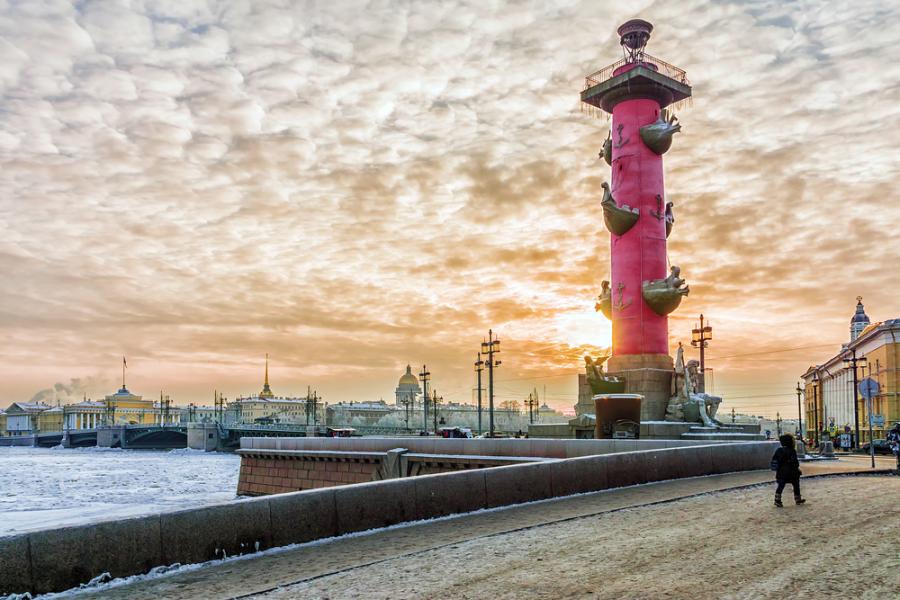
In 1885, the port was transferred to Gutuevsky Island as new ships with a deep draft could not come into the Neva River. The central building of the architectural ensemble of the Spit of Vasilievsky Island was the Stock Exchange building, designed in the Classicism style by the French architect J.-F. Thomas de Thomon. The Stock Exchange Building resembles an ancient Greek temple representing a rectangle on a high granite base, decorated on all sides with strict marble columns. The facade of the Stock Exchange building on the side of the Neva River is decorated with the sculpture “Neptune with Two Rivers,” and on the other side — with the sculpture “Navigation with Mercury and Two Rivers.” Since 1940, there have been located the Central Naval Museum. To create a harmonious ensemble in front of the Stock Exchange building, an artificial mound was constructed with a semi-circular area, which moved out the Spit of Vasilievsky Island for a hundred meters to the Neva River.
There was created the effect of contrast of the Stock Exchange and the strong horizontal line of the granite embankment of the Neva River. The created conch was used as the front pier seaport. The gentle declivities to the water were decorated with giant granite balls and the embankment wall — with the lion masks. There are two massive pillars on both sides of the Stock Exchange Square, which served as beacons at the entrance to the port. Their height is 32 meters. The columns are decorated with the bows of the ships — the rostra and anchors. Enormous figures represent four Russian rivers — the Volga, Dnieper, Neva, and Volkhov at the base of the columns. The Rostral Columns are a symbol of the power of Russia as a naval state.
